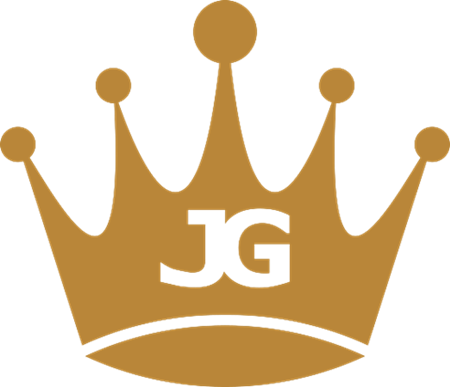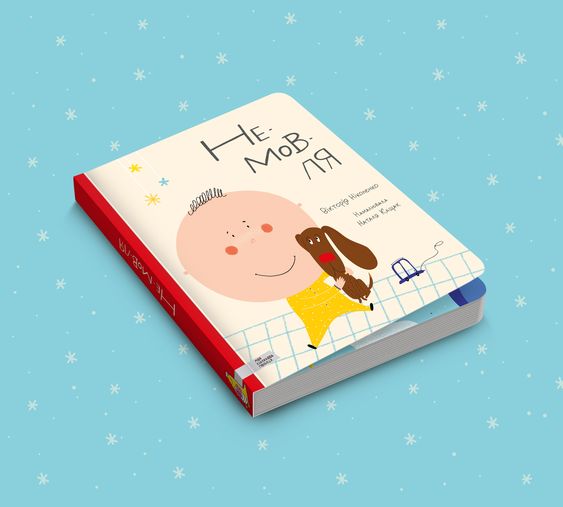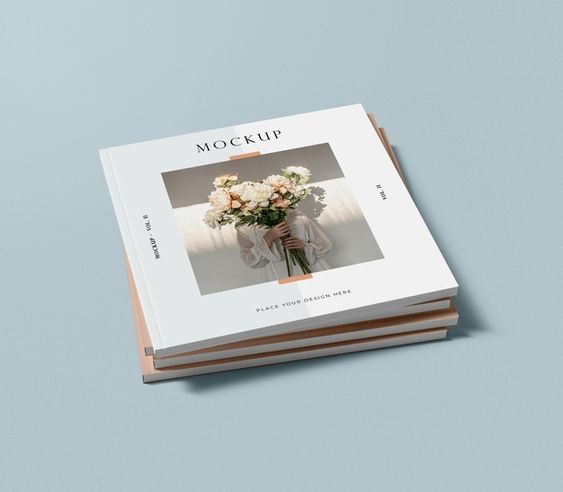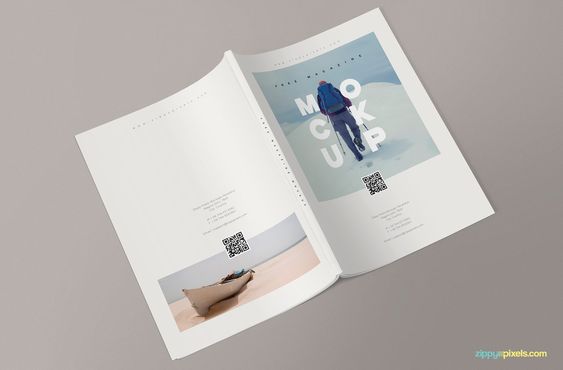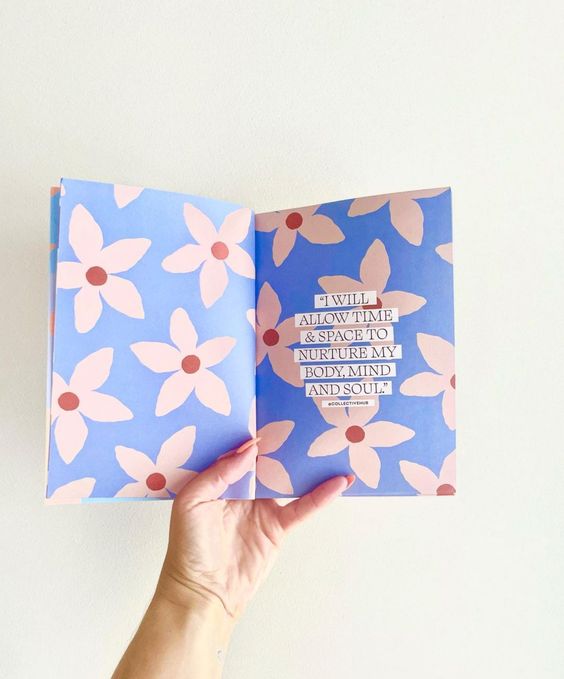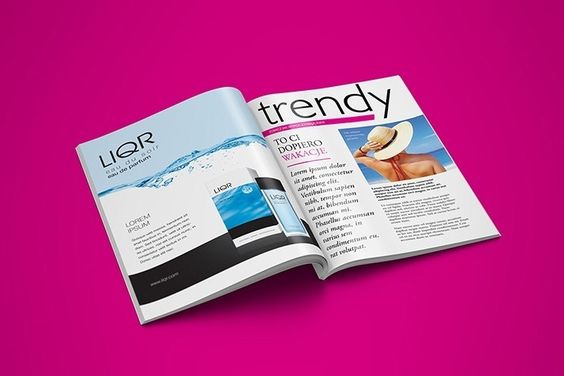When selecting the perfect children's book, many parents and educators wonder: board book or hardcover book—which format best suits my child's needs? Both have unique advantages depending on age, durability requirements, educational goals, and budget. This guide explores the key differences between board books and hardcover books, helping you make informed decisions for your child's reading journey.
What Is a Board Book?
A board book is a compact, sturdy book designed especially for babies and toddlers. It features thick, rigid pages made of laminated paperboard that can withstand chewing, tearing, and rough handling by little hands. Board books usually have:
- Simple text and large, colorful illustrations
- Rounded corners for child safety
- Interactive features such as lift-the-flap, textures, or sound elements
- Typically 8 to 28 pages, focused on early learning concepts (numbers, letters, animals)
Board books are a foundational tool for early childhood literacy, supporting sensory exploration and vocabulary building while encouraging positive reading habits from infancy.
What Is a Hardcover Book?
A hardcover book, also known as a hardback or case-bound book, features a rigid protective cover usually made of thick cardboard wrapped in cloth, paper, or leatherette. Characteristics include:
- High-quality, smooth paper suitable for detailed text and vibrant full-color printing
- Elegant, durable binding (sewn or glued) designed for long-term use
- Wide range of sizes and page counts, from children's picture books to adult novels
- Often used for gift books, collectors'editions, library books, and educational texts
Hardcover books provide a premium reading experience with excellent durability, aesthetic appeal, and collectible value.
Key Differences: Board Books vs Hardcover Books
| Feature | Board Book | Hardcover Book |
|---|---|---|
| Durability | Extremely durable; thick, chew-resistant pages and safe edges withstand toddlers' rough handling | Durable cover but inner pages are regular paper, prone to bending or tearing if mishandled |
| Target Age Group | Ideal for infants and toddlers (0–3 years) | Suitable for preschoolers and older children (3+), teens, and adults |
| Page Count | Short (8–28 thick pages) | Varies widely from 20 to 1000+ pages |
| Content Complexity | Simple concepts, short phrases, educational basics | More complex narratives, detailed stories, and academic content |
| Interactivity | Often includes flaps, textures, sounds to engage young children | Less interactive; mostly straightforward reading but can include pop-ups or foldouts |
| Price | Generally lower cost due to simple production | Higher cost due to premium materials and binding |
| Appearance | Bright, colorful, chunky with safety features | Sophisticated, elegant, with various finishing options like embossing or foil stamping |
Which Is Better for Different Age Groups and Uses?
Infants and Toddlers (0–2 Years)
Developmental Needs: Sensory exploration, motor skills, early language.
Best Choice: Board books
- Safe, durable, and easy to handle
- Stimulates visual and tactile senses with simple words and bright images
- Supports early literacy and cognitive growth
Preschoolers (2–6 Years)
Developmental Needs: Expanding vocabulary, imagination, longer attention span.
Best Choice: Both board books and hardcover picture books
- Board books for younger preschoolers needing durability and simplicity
- Hardcover picture books introduce richer stories and improved print quality for older preschoolers
Early Readers (6–12 Years)
Developmental Needs: Independent reading, complex stories, factual learning.
Best Choice: Hardcover books
- Longer narratives and detailed content encourage reading fluency
- Durable enough for school and library use
- Supports deeper comprehension and sustained reading sessions
Teens and Adults (12+ Years)
Developmental Needs: Advanced knowledge, diverse genres, collectible editions.
Best Choice: Hardcover books
- Offers premium quality, aesthetic appeal, and long-lasting durability
- Ideal for academic texts, novels, and special collections
Why Choose Board Books or Hardcover Books?
Board Books Are Perfect For:
- Early childhood education and play
- Safe, sturdy books for young children
- Introducing basic concepts like ABCs, numbers, shapes
- Interactive learning with sensory features
- Budget-friendly options for first books
Hardcover Books Are Ideal For:
- Gifts and special keepsakes
- Older children and adults seeking detailed stories and high-quality reading experiences
- Libraries, schools, and institutions requiring durable books
- Collectors and book enthusiasts
- Books with rich illustrations and premium finishes
Final Tips for Parents and Educators
- Match the book type to your child's age and developmental stage
- Prioritize durability for younger children to prevent damage
- Consider content complexity to keep your child engaged
- Use board books to encourage early literacy and sensory exploration
- Transition to hardcover books as your child's reading skills grow
- Remember hardcover books make thoughtful, lasting gifts
FAQ
Q1: Are board books better for babies?
Yes, their durable design and simple content are perfect for infants and toddlers.
Q2: Can toddlers read hardcover books?
Some toddlers can enjoy hardcover picture books, especially with parental guidance.
Q3: What is the main durability difference?
Board books withstand rough use; hardcover books have rigid covers but delicate inner pages.
Q4: Are hardcover books more expensive?
Typically yes, due to higher quality materials and complex binding.
Q5: Can hardcover books be interactive?
Less common, but some feature pop-ups or flaps; board books usually have more sensory elements.
Q6: Which is better for gifting?
Hardcover books are elegant gifts; board books suit baby showers and early milestones.
